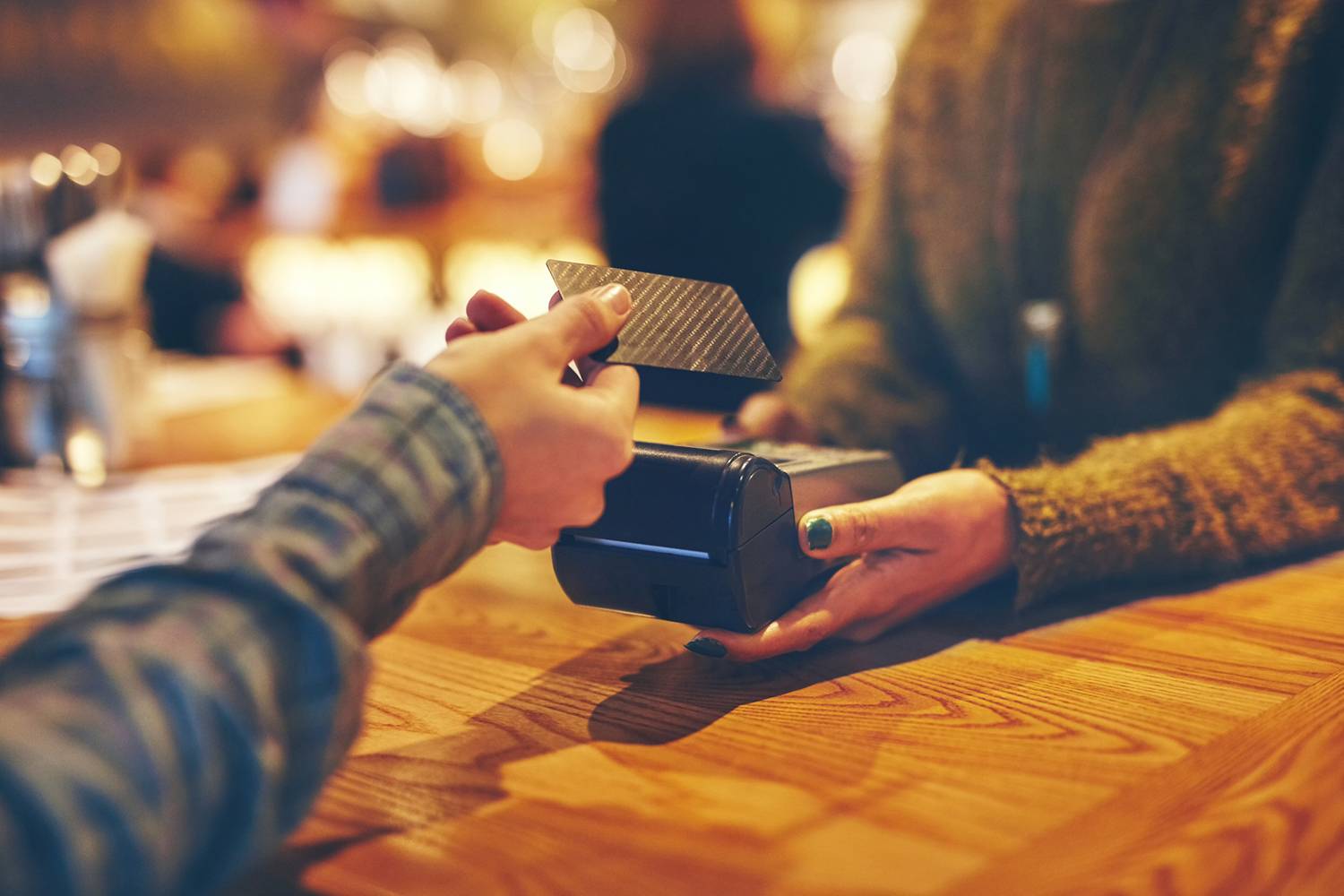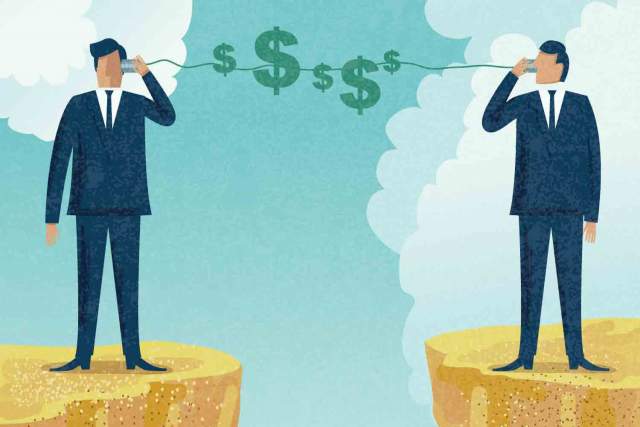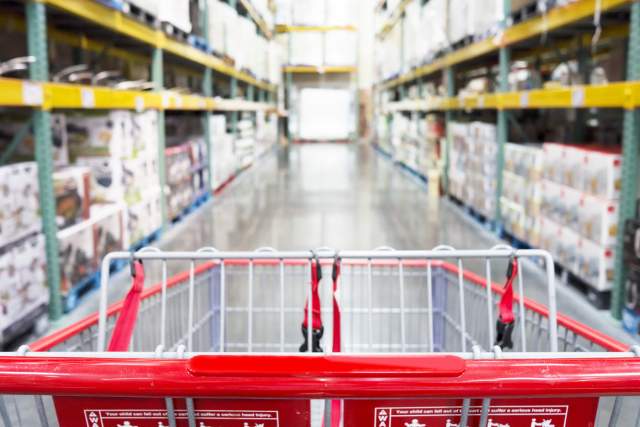Does Cashback Make Consumers Come Back?
Tuck professor Prasad Vana studies cashback shopping and finds it to be an effective form of promotion.

No one had studied what consumers do after they receive their cashback—until now.
In the early 2000s, just as online shopping began gaining momentum, a new type of price promotion was born: cashback shopping.
Its analog ancestor is the mail-in rebate, where consumers pay the regular price for an item and then mail in a form to receive a portion of their purchase price back in a check. Cashback offers use the Internet to streamline the process. You sign up at a cashback company’s website, such as Ebates (in the U.S.) or Quidco (in the U.K). From there, you click on the brand where you want to shop, and it takes you to the brand’s website. When you make a purchase, a percentage (usually 4 to 6 percent) of the money you spent is automatically deposited into your bank account a few months later. This formula has proved popular. Cashback companies have millions of customers, thousands of participating retailers, and make billions of dollars in revenues.
Marketing managers and academics had a hunch cashback offers were an effective way to increase sales, but no one had studied what consumers do after they receive their cash. Do they go back to the cashback site? Do they spend more? No one knew. Until now. Tuck assistant professor Prasad Vana and co-authors Anja Lambrecht of the London Business School and Marco Bertini of ESADE, Ramon Llull University examine these questions in “Cashback is Cash Forward: Delaying a Discount to Entice Future Spending,” a paper forthcoming in the Journal of Marketing Research. They find that cashback payments not only increase the likelihood that consumers will return to the cashback website for additional purchases, they also increase the size of their purchases. “This is fascinating,” Vana says, “because the cashback payments consumers receive go directly into their bank account and there’s no reason for consumers to go back to the cashback website.”
The more money consumers get back, the more likely they are to go back and shop and spend more.
In their paper, the authors study data from a cashback company between 2005 and 2013. The dataset includes information on every purchase made by a sample of more than 76,000 registered users, which works out to 3.43 million transactions at 5,337 retailers. They find that, on average, “an additional $1.00 in cashback payment increases the likelihood of a future transaction by 0.02 percent and spending by $0.32—figures that represent 10.03 percent of the overall impact of a given promotion.” These results provide evidence that cashback shopping has two mechanisms for increasing sales. On the front end of a purchase, the cashback offer entices consumers to make a purchase. And after a purchase is made and the cashback payment has been disbursed, it causes consumers to return to the website to make additional purchases. “The more money consumers get back, the more likely they are to go back and shop and spend more,” Vana explains.
Because the rebate is given in the form of cash, with no strings attached, there must be a psychological underpinning to consumers’ tendency to return to the cashback website. Vana and his co-authors studied three possible explanations. The one for which they found the most evidence has to do with mental accounting. Researchers believe people keep track of multiple accounts in their minds. In this case, the authors theorize people have a mental account for the money coming from the cashback site, and it’s associated with that site, so they feel justified in spending the money there. In other words, cashback shoppers view their rebates as something other than the fungible cash that it really is. The result is a sort of feedback loop: consumers spend more, retailers make more sales, and the cashback company earns higher commissions.
Vana’s paper is oriented towards managers at retailers who are choosing what types of promotions to offer. “We want to let them know that cashback shopping is one such alternative,” Vana says, “and we find that its overall effectiveness is comparable to other form of online promotions, such as coupons and daily deals.”

